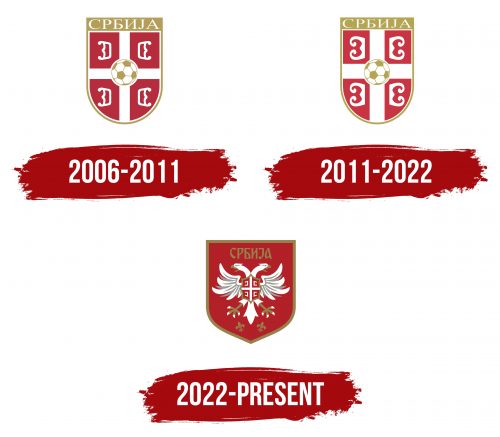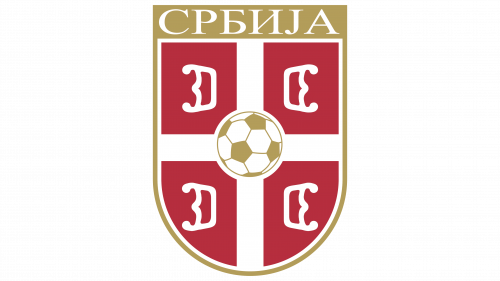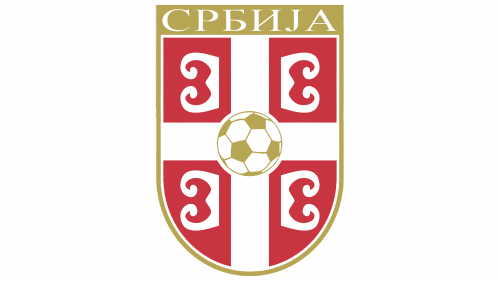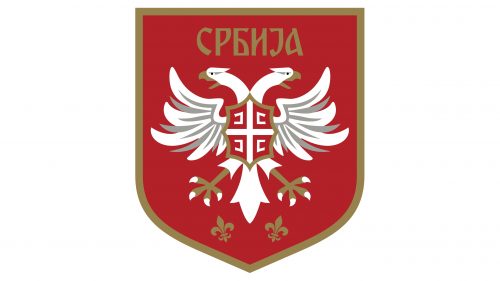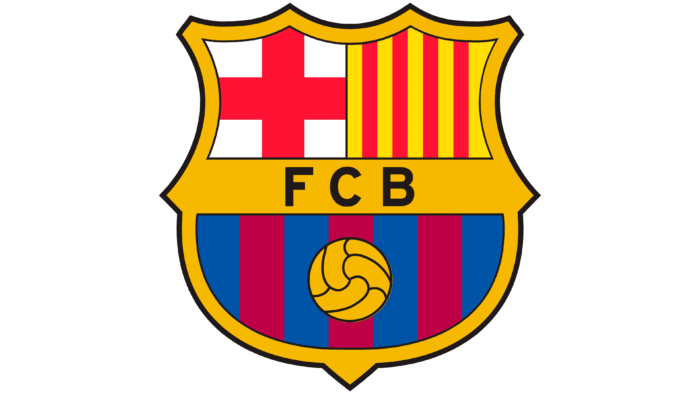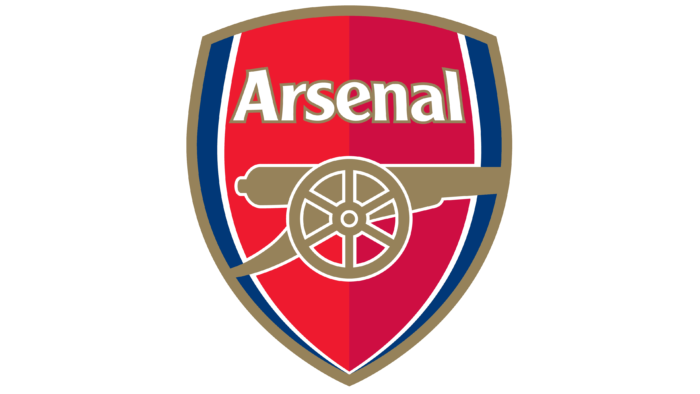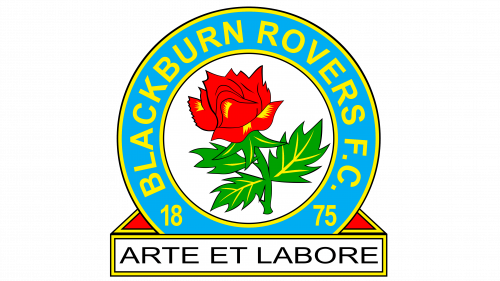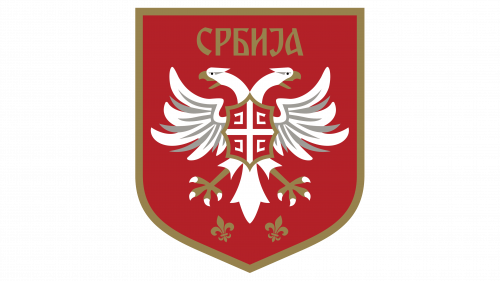 Serbia National Football Team Logo PNG
Serbia National Football Team Logo PNG
The Serbia National Football Team logo exemplifies national identity, closely intertwined with the country’s sporting interests. The emblem shapes Serbia’s image on the global stage during international football matches.
Serbia National Football Team: Brand overview
The Serbian national football team, officially established in 2006 after the dissolution of Serbia and Montenegro, carries a legacy deeply rooted in the history of Yugoslav football. Serbian players were instrumental in the achievements of the former Yugoslav national team, which earned silver medals at the Olympics in 1948 and 1952 and second-place finishes in the European Championships of 1960 and 1968.
Following the breakup of Yugoslavia, Serbia and Montenegro formed a joint national team, which qualified for the 1998 World Cup in France but did not advance beyond the group stage. They reached the quarter-finals at Euro 2000 before being defeated by eventual champions France.
With Serbia gaining independence in 2006, the national team embarked on its journey. The 2010 World Cup in South Africa marked Serbia’s first major tournament as an independent nation, led by Radomir Antić. In a challenging group with Germany, Ghana, and Australia, Serbia managed a notable 1-0 win against Germany but did not progress past the group stage.
The 2010s were a period of struggle, as Serbia failed to qualify for Euro 2012, the 2014 World Cup, and Euro 2016, often finishing third or fourth in their qualifying groups. Despite the presence of talented players like Nemanja Vidić, Branislav Ivanović, and Aleksandar Kolarov, the team faced a series of disappointments.
In 2018, Mladen Krstajić took over as head coach, leading Serbia to the World Cup in Russia. However, the team was eliminated in the group stage after losses to Brazil and Switzerland. At Euro 2020, held in 2021, Serbia found themselves in a “group of death” with Portugal, France, and Germany, finishing last in the group.
After Euro 2020, Dragan Stojković, a seasoned manager, replaced Krstajić. Under Stojković’s leadership, Serbia achieved a historic feat by winning their qualifying group for the 2022 World Cup, finishing ahead of Portugal. Despite high hopes, the team faced tough competition in Qatar from Brazil, Switzerland, and Cameroon and did not progress past the group stage.
Skilled midfielders like Sergej Milinković-Savić and Dušan Tadić and powerful forwards such as Aleksandar Mitrović and Luka Jović mark Serbia’s football. Their style emphasizes attacking play and ball control, reflecting the passionate nature typical of Balkan football.
The Serbian national team, blending technical skill with physical prowess, is known for its tenacity and fighting spirit. Legendary players such as Dragan Džajić, Dragan Stojković, Dejan Savićević, Predrag Mijatović, and Nemanja Vidić have left a lasting impact on both Serbian and Yugoslav football.
As of August 2023, Serbia ranks 30th in the FIFA rankings. While major international triumphs remain elusive, the team consistently qualifies for major tournaments and is always a formidable force capable of surprising top-tier teams.
Meaning and History
What is the Serbia National Football Team?
The Serbia National Football Team represents Serbia in international football competitions. Managed by the Football Association of Serbia (FSS), the team has a rich footballing heritage, continuing the legacy of the former Yugoslavian team. Known for their physical strength, technical skills, and tactical awareness, Serbian players have significantly impacted domestic and international arenas. The team has participated in numerous major tournaments, showcasing their competitive spirit and talent. Serbia’s passionate supporters and strong football culture reflect their deep-rooted love for the sport and their aspiration to achieve excellence on the global stage.
2006 – 2011
After separating the Serbia and Montenegro teams, the first emblem features a red shield with a white cross in the center and a soccer ball at its core. The design vaguely resembles a soccer field with markings. The shield is part of the country’s coat of arms, with the Greek cross connecting Serbs to Christianity. In the four sections around the ball, there are C-shaped fire steels. These four Cs are interpreted as either “Sveti Sava — srpska slava” (Saint Sava — Serbian glory) or “Samo sloga Srbina spasava” (Only unity saves the Serbs). In both interpretations, the fire steels are part of the deep identity of the Serbs and serve as a reminder of faith and unity. The ball at the heart of the logo shows that football, in honor of the country, is very important to Serbia.
2011 – 2022
In the modern design, the thickness of the cross lines was altered, and the firesteels became more expressive, closely resembling the depiction on the coat of arms. The emblem reflects a clear development path and significant achievements in football. At the top of the shield, on a golden stripe, is the inscription “Serbia” in Serbian. The gold color resonates with the shield’s outline and the pattern on the ball, creating a cohesive and unified emblem. This updated design brings together all elements, highlighting the team’s progress and the harmony in their visual identity.
2022 – today
The national team logo features the country’s full coat of arms in its modern version. A white double-headed eagle holds a shield with a cross and fire steels. The eagle is drawn poetically, creating an image of courage and martial glory. The eagle symbolizes speed, foresight, and strength—qualities that help footballers perform successfully on the field. The red shield with its gold trim looks striking and noble. The inscription “Serbia” has been integrated into the rest of the emblem, now set against a red background. The logo conveys a sense of unity and power, impressing with its Slavic artistic style.
